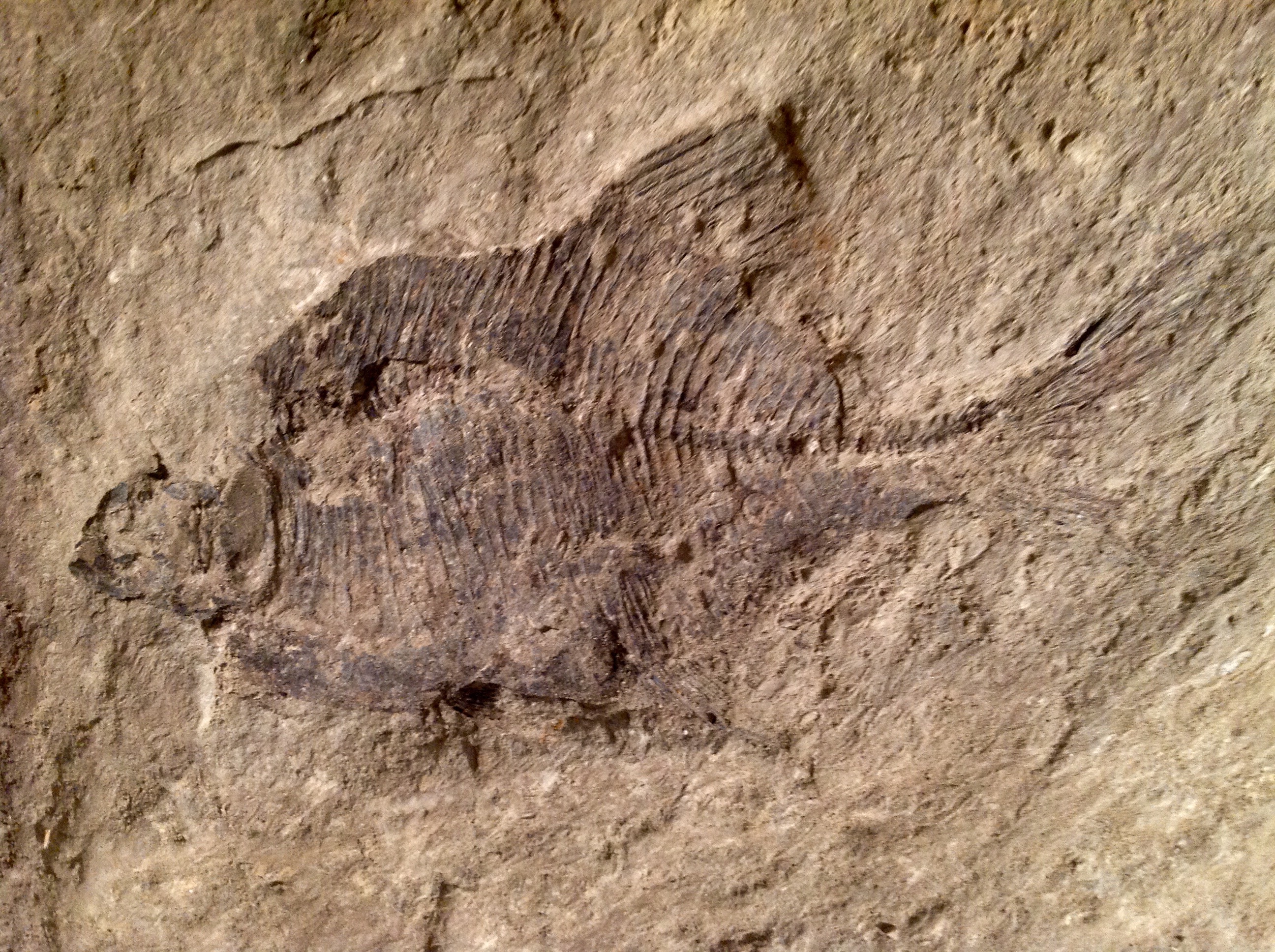Secular scientists usually do not like to mention discoveries or achievements of people who support Biblical creation. Recently however, some creation supporters have come to the attention of many scientists and even the secular media.
Mark Armitage, for example, recently published an article on soft un-fossilized tissue in one of the largest Triceratops horns ever found in Montana. Mr. Armitage had found the dinosaur fossil himself in 2012. Then in February 2013 he, along with biologist Kevin Lee Anderson of Arkansas State University-Beebe, published a technical article on this find in a mainstream European scientific journal Acta Histochemica (115, 603-608, 2013). Entitled “Soft sheets of fibrillary bone from a fossil of the supraorbital horn of the dinosaur Triceratops horridus.” The article established this find as “the first report of sheets of soft tissues from Triceratops horn bearing layers of osteocytes [bone forming cells], and extends the range and type of dinosaur specimens known to contain non-fossilized material in bone matrix.” (p. 603)
Mary Schweitzer, a palaeontologist from North Carolina State University, and herself famous for discoveries of soft (un-fossilized) tissue in dinosaurs, provided peer review of the Armitage document. However Dr. Schweitzer’s job is not in jeopardy, while Mark Armitage, who managed the biology department’s electron and confocal microscopy suite at California State University Northridge, lost his job within two weeks of the publication of the technical article. A news item in Nature on this issue (November 6, 2014 vol. 515 p. 20) suggested that while Mr. Armitage was good at his work, some colleagues were unhappy about his frequently stated support for the idea that life began only a few thousand years ago and that dinosaur fossils are recent. The published material certainly supports that idea. Now that Mr. Armitage has published in a recognized scientific journal, his views may have gained credibility in the eyes of the students, even although the article itself assigned no age to the artifacts. Common sense however suggests that unfossilised material could not last millions of years without either turning to rock, or decaying. Mr. Armitage has since filed a wrongful dismissal suit against the university.
More recently, during the spring of 2015, Vance Nelson, director of Creation Truth Ministries (in Alberta) and Brian Thomas of the Institute for Creation Research (in Texas), published a technical article in the Creation Research Society Quarterly (vol. 51 pp. 299-311). Entitled “Radiocarbon in dinosaur and other fossils,” this study follows other studies published in 2003 (J. Baumgardner et al from Proceedings of the Fifth International Conference on Creationism) and 2005 Baumgardner in Radioisotopes and the Age of the Earth (RATE): results of a young earth creationist initiative (pp. 587-630). This is also on line at www.icr.org/article/carbon-14-evidence-for-recent-global These earlier studies established that while radioactive carbon should all disappear within 100,000 years from an artifact which contains material from once living organisms, there are in fact no carbon containing fossils which lack radioactive carbon. Thus all these specimens must be only thousands of years, not millions of years old. They also found that no matter the assumed age (whether dated at hundreds of millions of years, or only tens of millions of years), all had about the same amount of measurable radioactive carbon.
Thomas and Nelson continued this research tradition with a similar dating survey of carbon containing fossils of various assigned ages. The collection of fossils included two different kinds of fish, a lizard, plant material (wood and fruit) and various dinosaur specimens from various locations. According to standard dating techniques, some were from the Paleozoic erathem (eon), some from the Mesozoic and some from the Cenozoic erathem (eon). The estimated conventional ages ranged from 290 million years to 10 million years. Nevertheless all had similar measured amounts of radiocarbon, indicating that all these fossils were formed at about the same time. All the specimens were dated at a recognized professional laboratory which specializes in such measurements. The study authors concluded that the measured carbon was most probably integral to the samples and not outside contaminants. Thus this study is another major problem for conventional estimates of fossil ages.
On a more lighthearted note, Edgar Nernberg of Calgary, made a fossil discovery that shot him to international fame at the end of May. Mr. Nernberg is a long time amateur fossil collector. He has purchased fossils from large shows in the United States and he has served on the board of the Big Valley Creation Science Museum. If any member of the public were going to recognize a fossil, it would be him.
Apparently Mr. Nernberg was excavating a basement for a house in northwest Calgary. His backhoe extracted a block of sandstone which displayed (to his astonished and trained eye), five beautiful complete specimens of fish preserved in the rock. Fish fossils are actually uncommon, because their corpses decompose so fast. So these complete specimens indicate that they were buried and preserved very quickly. Each fish is about the size of an iPhone, and they were lying at a level in the rocks which is slightly higher than the highest dinosaurs found in Alberta.
In Alberta, by law, all fossils belong to the province. Although he would dearly have loved to own these priceless specimens, Mr. Nernberg rightly called a palaeontologist. The University of Calgary and the Royal Tyrrell Museum all acknowledge that they are indebted to Mr. Nernberg.
Some media commentators were not so polite. Rachel Feltman, for example, writing in the Washington Post (May 28, 2015) could not figure out how anyone digging up such a fossil, would not immediately be convinced of evolution. She was sure that the various techniques for dating fossils provide absolutely solid proof of the age of such artifacts. However as we have seen in the events mentioned above, the dating of fossils is controversial indeed. We can certainly look forward to more studies designed on similar lines in the years ahead.
October 2015
Subscribe to Dialogue







